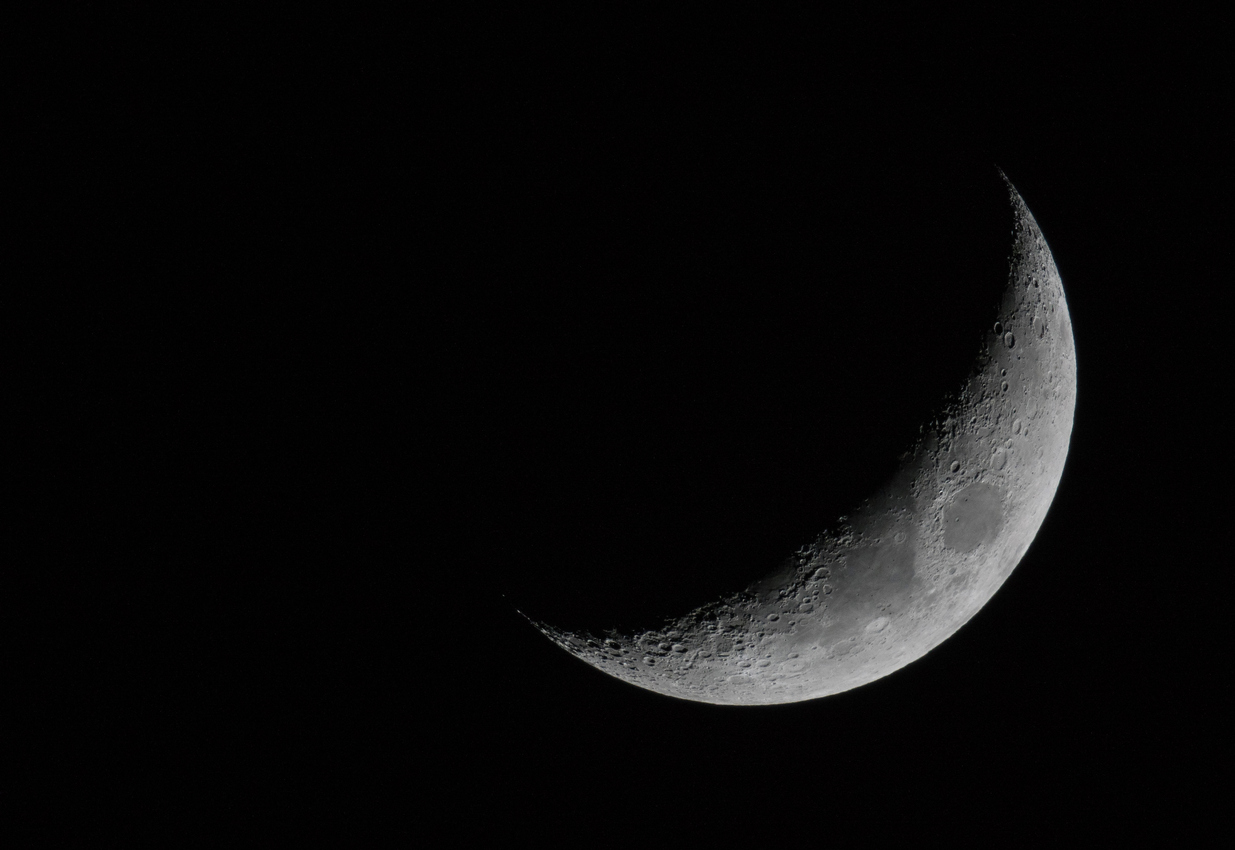The critical WRC-27 lunar communications debate
At the upcoming International Telecommunication Union (ITU) World Radiocommunication Conference 2027 (WRC-27), global regulators will decide how companies can use radio frequencies for communications on and around the Moon (known as cislunar communications). These decisions will establish the regulatory foundation for the lunar economy. Despite the significant investments in lunar capabilities by companies across the space industry – from satellite operators to lunar logistics providers – current international regulations do not adequately cover lunar communications.
What WRC-27 will decide on lunar spectrum
Under Agenda Item 1.15, WRC-27 will determine new or modified frequency allocations for lunar surface and lunar-orbit communications. This agenda item is not just about allocating radio frequencies – it is about establishing the fundamental infrastructure that will enable the lunar economy, determining who can communicate where, when, and how.
Expected outcomes for lunar communications providers
All companies planning lunar operations need reliable communications between Earth, lunar orbit, and the lunar surface. Without proper frequency coordination in cislunar space, these multi-billion-dollar investments could face unforeseen regulatory barriers or devastating interference issues.
The ITU-R is studying and considering modifications and new allocations in specific frequency bands that could be used for lunar surface and lunar orbit communications. Specifically, the regulatory framework being developed will establish the rules for:
- Communications on the lunar surface or in lunar orbit communicating with systems on the lunar surface
- Protection of the Radio Astronomy Service (RAS) and Space Research Service (SRS) active and passive sensors in cislunar space
- Spectrum needs and propagation considerations for lunar surface systems and lunar-orbiting systems
Why engage now in the WRC-27 study phase
WRC-27 is still two years away, but the technical studies that will inform these lunar spectrum decisions have already started. The inputs provided during the study phase carries far more weight than last-minute lobbying efforts. The ITU regulatory process is built on consensus-building among member countries, but industry input is crucial. National administrations rely heavily on domestic industry expertise when developing their negotiating positions. The technical requirements and operational needs of these companies can only be taken into account if they engage with the conversation now.
Each technical parameter being debated today may translate into real operational constraints tomorrow. National telecom regulators, space agencies, satellite manufacturers, and telecom operators are already actively involved in shaping these discussions. Entities that engage early have a significant upper hand, shaping regulations to favour their existing and planned systems. Those that don’t may find themselves locked out of their preferred spectrum or facing restrictive operating conditions that constrain their current and future business models.
Access Partnership helps clients navigate the regulatory complexities and landscapes for satellite, telecommunications, and technology through expert analysis and strategic guidance. If your organisation is exploring new outer space communications, we welcome the opportunity to connect. Please reach out to Abubakar Manzo at [email protected], or Xochitl Hernandez at [email protected].
Authors




